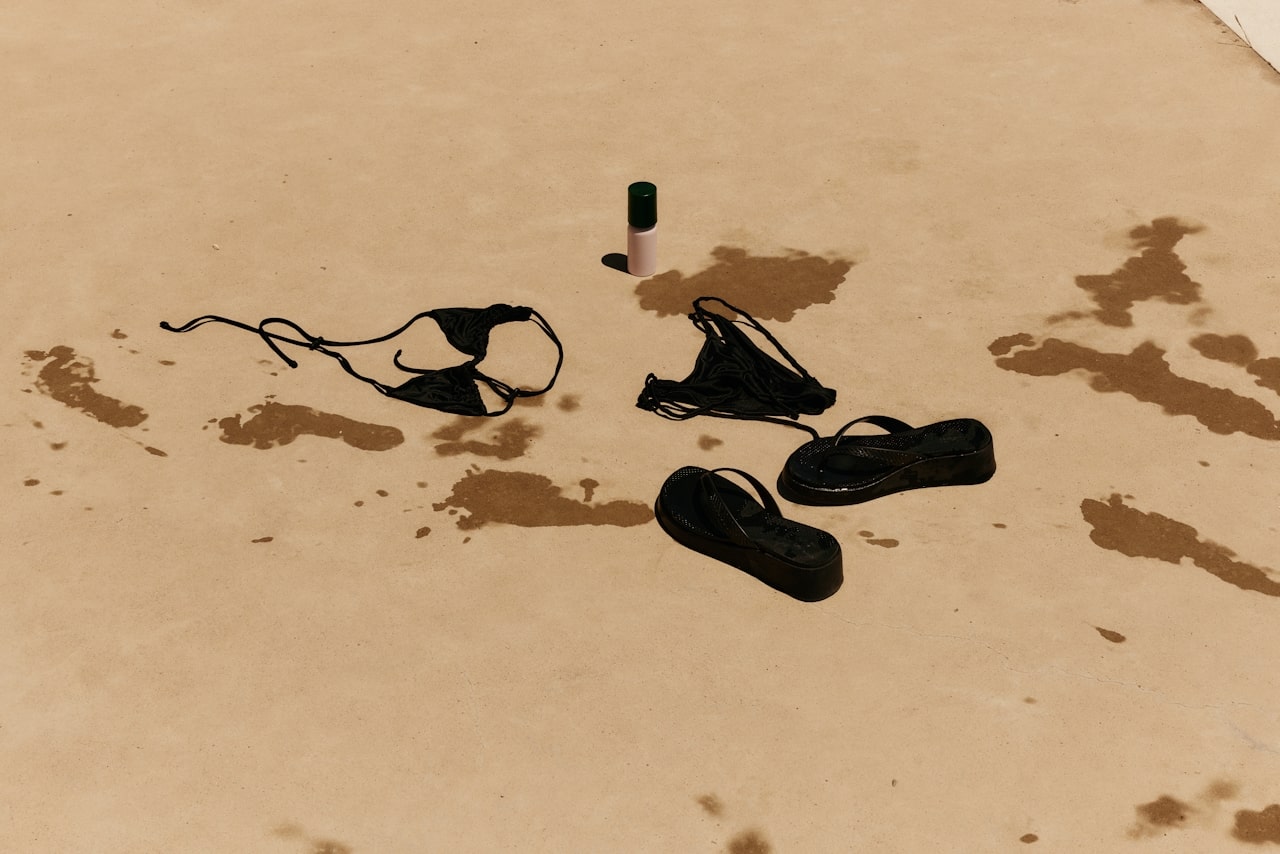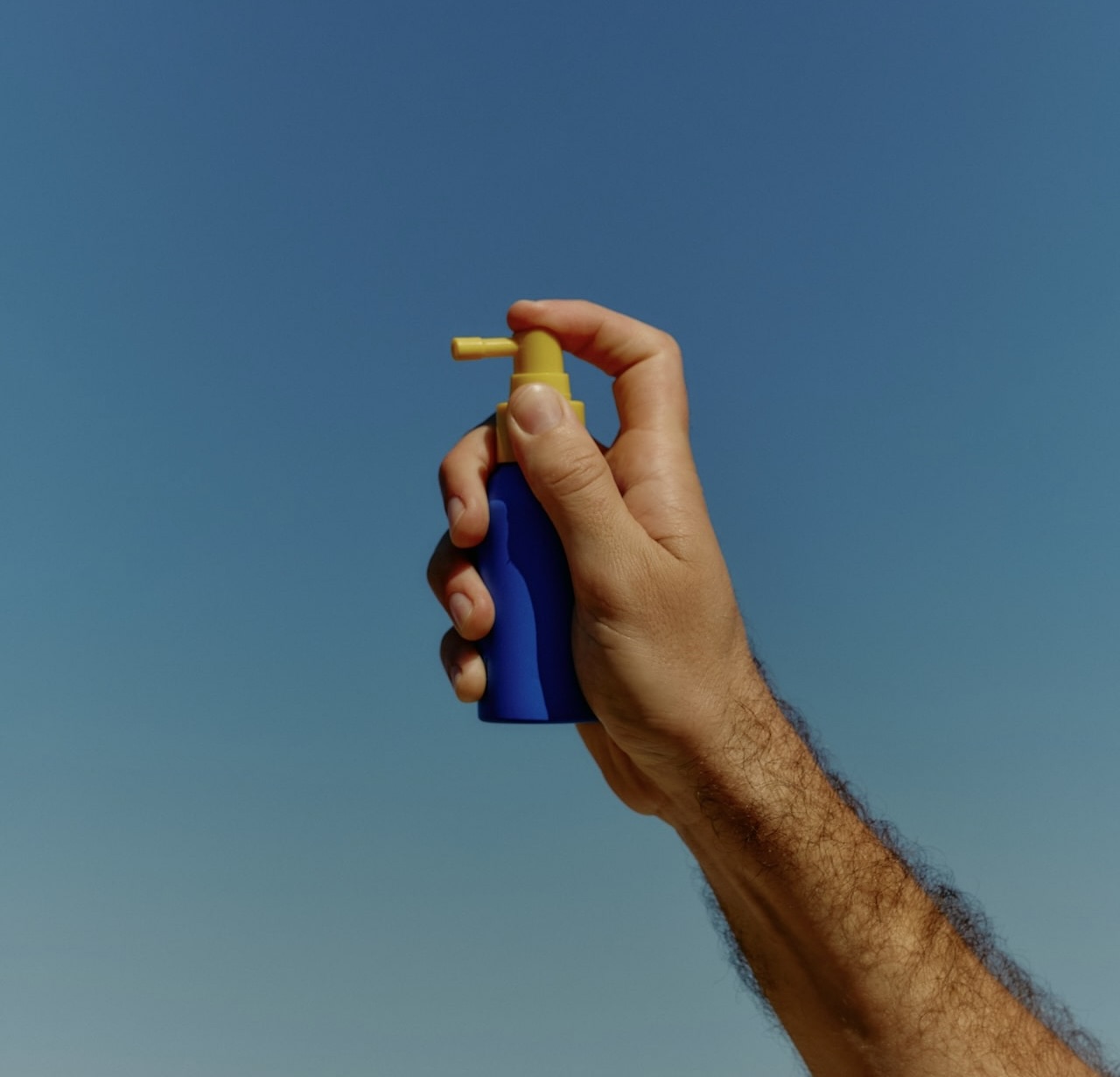The sun is our source of life and energy, but it can also… sometimes be a threat to our skin. 🌅
Online, we often see questions like: Does SPF block vitamin D production? Is using sunscreen safe?
In this article, we’ll clarify these doubts and explain what every brand owner should know about SPF.
Sunlight has its benefits:
It helps produce vitamin D, which is essential for strong bones, healthy teeth, and immunity 💪.
It also improves mood 😊 and regulates our circadian rhythm ⏰.
However, excessive exposure can be harmful:
- UVA accelerates skin aging, causing wrinkles, discoloration, and loss of firmness.
- UVB causes sunburns ☀️🔥.
Both increase the risk of skin cancer, including melanoma, the most dangerous of all.
What Types of UV Filters Exist? 🧴
Sunscreens contain ingredients that protect the skin from UV damage. These are divided into two main types:
✨ Physical (mineral) filters – such as zinc oxide or titanium dioxide
They act like tiny mirrors, reflecting and scattering UV rays away from the skin’s surface. They’re great for sensitive or irritation-prone skin because they start working immediately after application.
📌 Example: Freeks of Nature Daily Defender SPF30 100% Mineral Sunscreen — contains Zinc Oxide (non-nano) 18%. Check it here
☀️ Chemical filters – such as avobenzone or octocrylene
These filters absorb UV rays and transform them into harmless heat, making them lightweight and invisible on the skin. They’re ideal if you prefer a non-whitening, silky finish.
📌 Example: Supergoop! Unseen Sunscreen SPF 50 — uses Diethylhexyl Syringylidenemalonate for effective UV protection while staying completely transparent on the skin. Check it here
🌤️ Hybrid (mixed) sunscreens – combine both physical and chemical filters to achieve the best of both worlds: strong, broad-spectrum protection with a comfortable, elegant texture.
📌 Example: Laser UV Sunscreen SPF 50+ / PA++++ — includes both chemical filters (Ethylhexyl Methoxycinnamate, Ethylhexyl Salicylate) and physical filters (Zinc Oxide, Titanium Dioxide). Check it here
Modern formulations often use such combinations to ensure full-spectrum protection, pleasant texture, and better cosmetic experience — so your sunscreen feels like skincare, not just protection! 🌞💖
What does SPF actually mean? 🔢
SPF (Sun Protection Factor) measures how well a sunscreen protects against UVB radiation - the rays responsible for burns.
Example: if your skin burns after 10 minutes without protection, SPF 50 theoretically allows 50 times longer exposure - about 500 minutes - before burning.
However, this applies only if the correct amount is applied (about 2 mg/cm² - roughly a teaspoon for the face).
How can you tell if a product protects against UVA? ☀️
Since UVA rays penetrate deeper into the skin, causing aging and long-term DNA damage, it’s important that products protect against both UVA and UVB.
Look for:
- “UVA in a circle” symbol - means the product meets European UVA protection standards (UVA protection factor ≥ 1/3 of SPF).
- PA rating - common in Asian sunscreens. The more pluses, the higher the UVA protection (e.g. PA++++).























